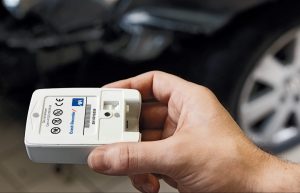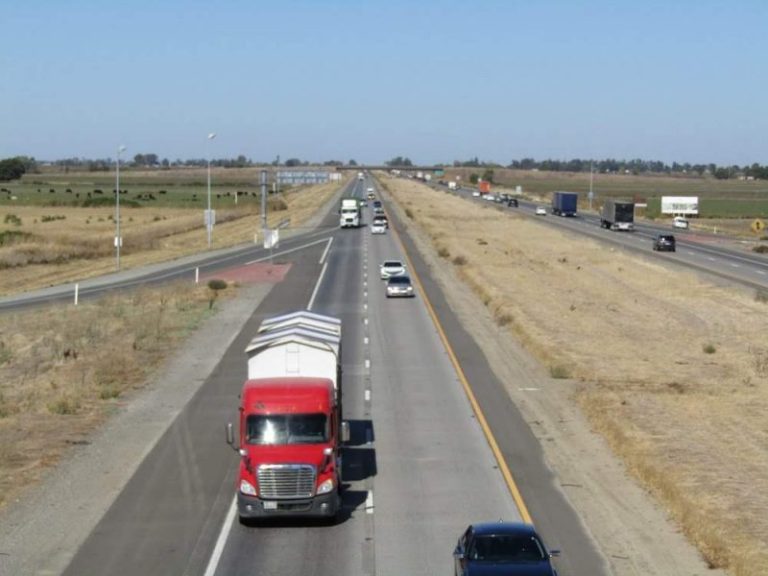Understanding Black Boxes in Cars and Trucks

“Black boxes,” otherwise known as event data recorders (EDRs) in America and accident data recorders (ADRs) in many other countries, are installed in nearly every vehicle created from 2013 and onwards, whether truck or civilian automobile. This can be surprising for many, even if they’ve worked on their vehicle before—part of this stems from the misnomer, “black box.” In truth, EDRs are small microchips installed into the vehicle which record an array of information in the event of an accident.
What Do Black Boxes Actually Do?
Unlike certain driver-assistance systems, such as drowsiness detectors, black boxes don’t actually record your driving habits or perform analysis—black boxes will only record approximately ten seconds of data from the time shortly before, during, and after an accident, which commonly includes several key statistics:
- The vehicle’s speed at and around the time of the collision, including data on acceleration, deceleration, and brake/ accelerator usage.
- Steering wheel usage data.
- Seatbelt usage in the vehicle.
- Airbag deployment data, such as whether any failed, alongside the time to deploy for every airbag.
- The number and times of recorded collisions, which is of use in multi-stage or multi-vehicle accidents.
- The force of a collision and direction of impact.
Trucks often have more advanced versions of EDRs, which may record things such as driver schedules, maintenance, or more precise data, depending on industry regulation, company policy, and the make of the truck.
Data from black boxes aren’t preserved forever; after some amount of time, it’ll be deleted (usually 30-60 days after the accident). For this reason, it’s vital to record data from black boxes shortly after your accident, to avoid losing valuable information. Doing so, however, requires a specialized tool called a crash data retriever (CDR). You usually won’t have to worry about retrieving said data yourself/ independent experts or the manufacturer can perform retrieval on your behalf, but make sure you schedule this retrieval before sending your vehicle in for repairs, as certain maintenance procedures can reset EDR data.
Black Boxes and Auto Accident Fault in Arizona
Black boxes are a vital part of an extremely wide array of auto accident suits. Airbag data can prove that manufacturer defects were present, seatbelt data can shift personal injury blame away from you or towards other drivers, deceleration and steering wheel data can help prove that you reacted on time, and force data can lend credibility to the injuries and damages you sustain, as insurance adjusters will inevitably doubt you on all of these fronts. Some manufacturer’s EDRs might even record more data than detailed here, thus leading to more possibilities to prove details of your accident and shift fault away from you.
If you’ve been injured in an auto or trucking accident in Phoenix, contact ELG today at (623) 321-0566 to learn more about how an Arizona auto accident attorney can help you. We can defend your case and interpret black box data, securing you the compensation you deserve for medical bills, lost wages, auto repair costs, emotional and physical suffering, and any other damages you’ve sustained.
Law News Feed
All NewsWho Is Liable for Damages After a Truck Accident?
According to information from the National Highway Traffic Safety Association, more than 2,500 truck accidents occur each year in Arizona. It goes without sayin…
Common Injuries After a Motorcycle Accident
Motorcycle accidents kill or severely injure individuals more frequently than any other type of crash, resulting in immense amounts of suffering and financial d…

